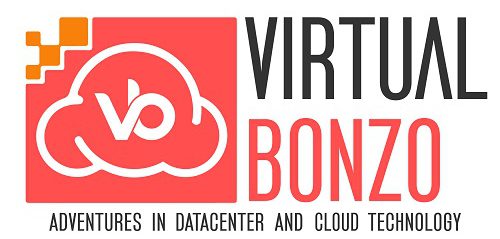In Part 1 of this series, we looked at the process of deploying a Cloud Protection Manager (CPM) appliance from the AWS Marketplace for the purpose of backing up AWS-based resources. Though this series will focus on the backup of EC2 instances, CPM is not limited to backing up EC2 instances only. CPM can be used to backup other AWS resources such as individual volumes, RDS databases, and Redshift and Aurora clusters.
In this post, I’ll cover the process to initialize the CPM appliance as well as adding an AWS account (in order to select resources to backup).
Initializing the CPM Appliance
- On the EC2 Instances dashboard, select the CPM backup appliance and notate its IP address and Instance ID.
- With the IP address and the Instance ID notated, open a web browser and when prompted, enter the Instance ID and click Next.

- On the License Terms and Agreement page, accept the licensing agreement and click Next.
- On the Step 2 page, specify the License type and User name. At this point in the installation, unless you have already purchased a CPM license, leave the license set to free trial. The user name / password combination you specify will be the user name used to login to the CPM management console. Click Next to continue.

- On the Step 3 page, select the time zone for the appliance and then enter AWS Access and Shared keys for an account that has permissions to create EBS volumes. These credentials are not saved anywhere and are only used to create or attach an EBS data volume to CPM. Click Next.

- On the Step 4 page, enter the Capacity of CPMs EBS volume and click Next. As an estimate, a 5GiB EBS volume can support backup of up to 40 EC2 instances.

- On the Step 5 page, enter the customer contact information (to allow them to open support cases) and click Configure System. It will take approximately 30-60 seconds for the system to initialize.

- When prompted that CPM was configured successfully, click here to open the CPM login page. To login to the CPM console, enter the credentials specified during the initialization process.


- Upon the initial login, you will likely see error messages but these should clear out within automatically within a few minutes.


Add the BackupSVC Account to CPM
In order to backup EC2 instances and native AWS services, you must associate an AWS account with CPM.
- Within CPM, click Accounts | Add New Account

- On the Add New Account window, enter the following and click Add:
- Name Backup (this is simply a display name)
- Account Type Backup
- Authentication IAM User (in this example)
- Access Key ID Access Key ID of BackupSVC
- Secret Access Key Secret Access Key of BackupSVC
- Scan Resources Enabled
- Scan Regions US East (N. Virginia)
**NOTE: If you add resources to additional regions, you can edit the Scan Regions attribute at any point in order to configure backups of those resources.

- If you have an additional account for DR purposes, you can enter that account as well. When returned to the CPM main page, click Accounts | Add New Account to add a DR account. The DR account allows you to specify a remote region to which backup files will be copied. In this series, I used the DR account to copy backup files to the US West (Oregon) region.
- On the Add New Account window, enter the following and click Add:
- Name DR (this is simply a display name)
- Account Type DR
- Authentication IAM User
- Access Key ID Access Key ID of the DRSVC account
- Secret Access Key Secret Access Key of DRSVC account
- Allow Deleting Snapshots Yes

- The Backup and DR accounts are added as shown below:

In the next post, I’ll look at creating a backup schedule and policy.

2 thoughts on “Part 2 – AWS Backup with CPM – Initializing the Appliance”